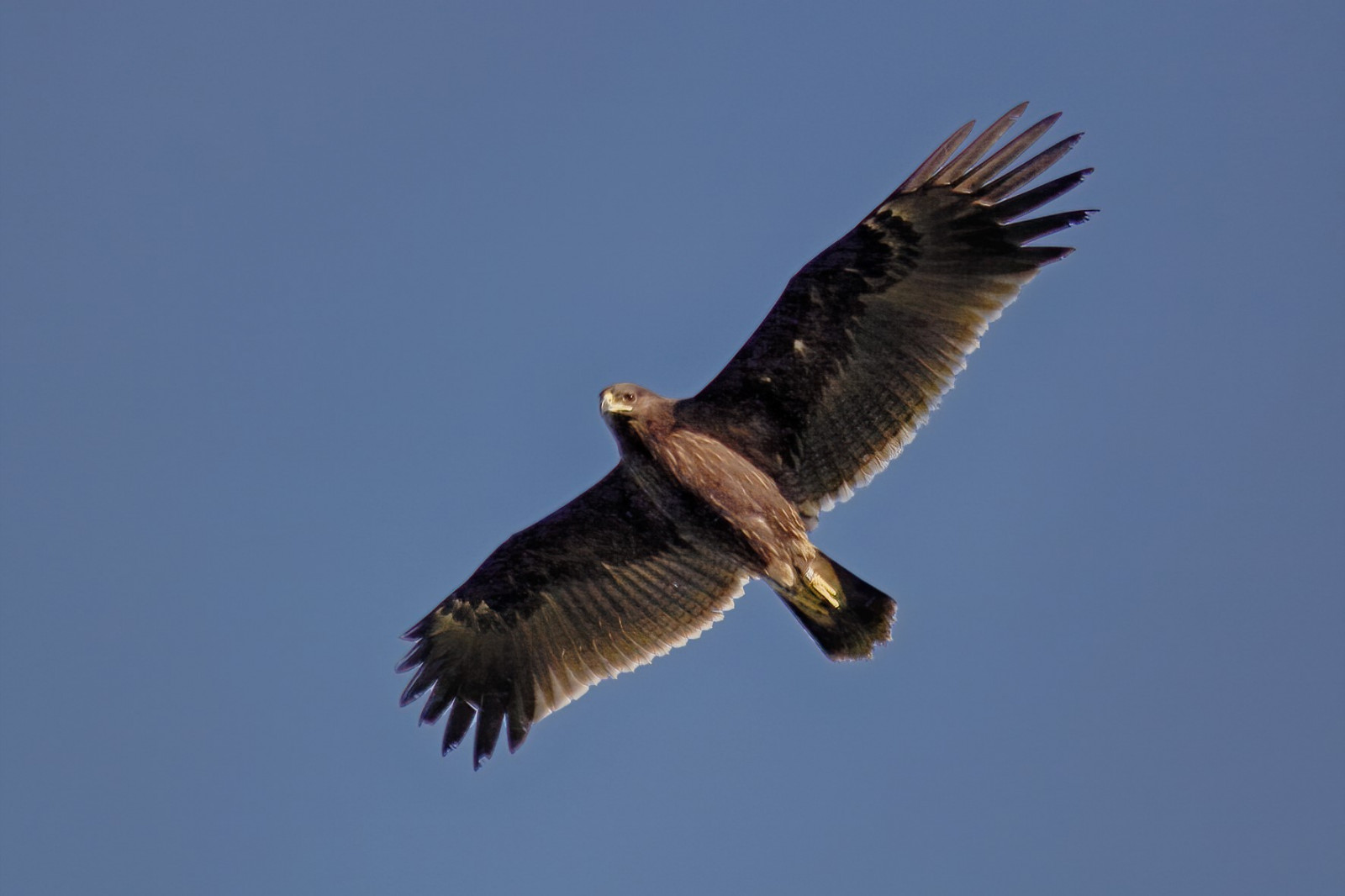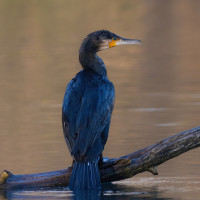Beschreibung
Breeding speciesi Nyirkai-Hany include Kormoran (which breeds in a conspicuous colony in dead trees),Zwergscharbe, Graugans, Purpurreiher, Silberreiher, Nachtreiher, Zwergtaucher and Haubentaucher, Seeadler, Kiebitz, Säbelschnäbler, Stelzenläufer and Flußseeschwalbe. A few Knäkente, Kolbenente and Tafelente breed here as well. Schwarzkopfmöwe shift their main breeding site between Lange Lacke, Illmitzer Zicksee, the expanses of water at Mexicopuszta, and the Nyirkai-Hany, depending on water levels. There even used to be a small Löffler colony here, which has not, however, been used in the past years. All three marsh tern species hunt here regularly during migration, and Moorente also occurs occasionally. At the right water levels, the Nyirkai-Hany can become a real Eldorado for waders. In winter, Kaiseradler and also Schelladler are regularly encountered. One or two individuals of this latter rare migrant have been wintering in the Hungarian part of the Neusiedler See - Seewinkel National Park since 1996 – especially, in recent years, in the Nyirkai-Hany.
Details
Zugang
The train station of Hanságliget is a little more than 2 km from the starting point of this route (and about 5 km from the observation tower). On road 86 from Hanságliget to Bősárkány, turn west onto a small road immediately after crossing the Rábca. The road crosses the railway line a little further on before coming up against a barrier at a pumping station. From here, the rest of the way (about 2 km south- west) must be done on foot or by bicycle. The path along the embankment is lined with willows and groves, from which Turteltaube, Grünspecht, Kuckuck, Nachtigall, Beutelmeise, Zilpzalp among others, are heard singing during breeding season. Various reed birds such as Schilfrohrsänger, Teichrohrsänger, Drosselrohrsänger, Rohrschwirl as well as Rohrammer can be heard from the stands of reeds on both sides of the path. At the end of the straight path, turn right to soon reach the only observation tower of the area, which offers the best view of the expanses of water of the Nyirkai-Hany. The route returns along the same path.
Terrain und Habitat
Feuchtgebiet , Vereinzelte Bäume und Büsche , Grasland, Wiesen , Steppe , Moor/Heideland , SchilfflächenBedingungen
Flach , Offene LandschaftRundweg
NeinIst ein Spektiv nützlich?
Möglicherweise hilfreichGute Beobachtungszeit
GanzjährigBeste Beobachtungszeit
Herbst , SommerRoute
unbefestigte StraßeSchwierigkeitsgrad der Tour
EinfachErreichbarkeit
zu Fuß , FahrradBeobachtungshütten oder -türme
JaZusätzliche Informationen
Up until its drainage in the course of modern hydraulic engineering measures, the “Hanyság” (as it is marked in older works of cartography) had been a wetland shrouded in legend and only frequented by fishermen and hunters. It was hunters who published the most detailed accounts of the region’s animal diversity before the completion of the main regulation channel, the Einser-Kanal.







